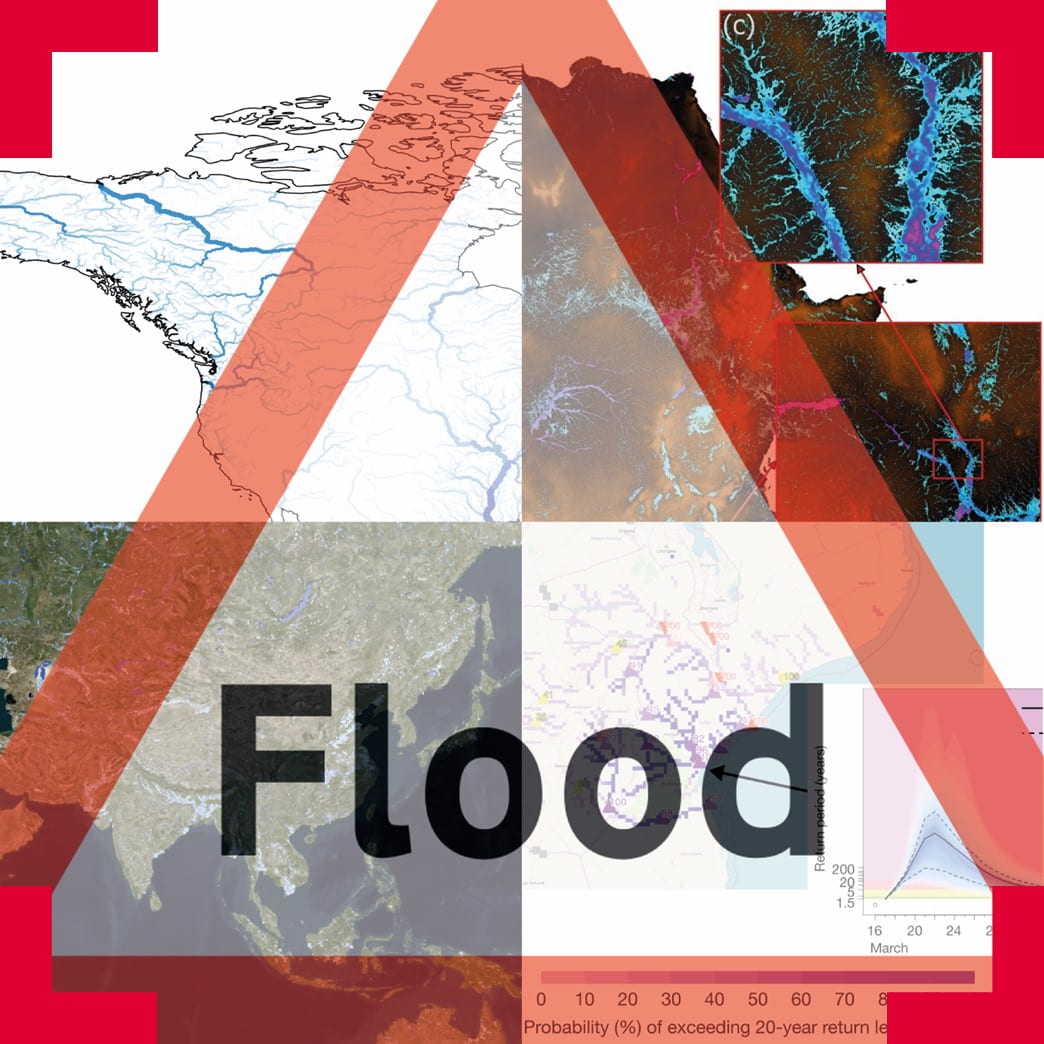How can flood data be more useful? Initial Interviews
Laurence Hawker, How can flood data be more useful?

The ‘How can flood data be more useful’ research project brings together an interdisciplinary team with the aim to gain a deeper understanding of organisations’ flood data needs, in order to produce more useable science.
In this short post we will provide an update on the progress of the project and highlight key contributions to look out for soon.
Our principle tool to find out how we can make flood data more useful is designing an online survey with a unique mapping component. Pre-COVID, the plan was to host a workshop to gather experiences from individuals who work with flood data and use these sentiments to construct our survey. With the ever- changing situation, and perhaps more significantly the acquisition of a social scientist intern (Anne-Laure Donskoy) with a wealth of experience in interviews, we decided to instead conduct a series of in-depth interviews to better understand the problem and therefore make sure we are asking the right questions. This approach had numerous advantages. We could now really go in-depth with our questioning which really allowed us to detect the more subtle nuances, especially with language. Moreover, we could conduct, record and transcribe responses more easily and we were not geographically bound.
Recently, we completed our 7 interviews. Participants came from all corners for the globe – from Bangladesh to the Republic of Congo to Vietnam. A range of organisations were represented, including international humanitarian organisations, academia and government. Responses were really positive, with participants eager to talk about their experiences (one interview lasted for 2 hours!). All participants recognised the disconnect between the data producers and the data users, reassuring us that the problem we thought exists really does.
From a personal point of view (as a physical scientist) I have learnt a great deal about how research works from the ‘other-side’ (social scientists). Protocols such as ethics committees and adhering to GDPR were quite unfamiliar to me. Designing questions, and most importantly the right questions, is crucial, and working with an interdisciplinary team has helped with this tremendously. Pleasingly this has worked both ways too with all members of the team learning from disciplines they are not familiar with.
The completion of these interviews is only the first step. The next stage is to take what we have learnt from the interviews to tweak the questions in our survey in preparation for testing and a full release later next month. Post-survey, we plan to host some online focus groups and write a report summarising our findings. So, watch this space – there is plenty more to come.

